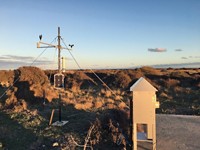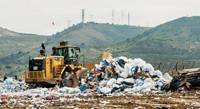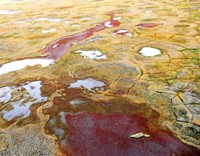Advertisement
Grab your lab coat. Let's get started
Welcome!
Welcome!
Create an account below to get 6 C&EN articles per month, receive newsletters and more - all free.
It seems this is your first time logging in online. Please enter the following information to continue.
As an ACS member you automatically get access to this site. All we need is few more details to create your reading experience.
Not you? Sign in with a different account.
Not you? Sign in with a different account.
ERROR 1
ERROR 1
ERROR 2
ERROR 2
ERROR 2
ERROR 2
ERROR 2
Password and Confirm password must match.
If you have an ACS member number, please enter it here so we can link this account to your membership. (optional)
ERROR 2
ACS values your privacy. By submitting your information, you are gaining access to C&EN and subscribing to our weekly newsletter. We use the information you provide to make your reading experience better, and we will never sell your data to third party members.
Environment
Cross-Ocean Aerosol Transport Measured
Atmospheric particles imported from afar in nearly same amounts as emitted domestically
by Jyllian Kemsley
August 6, 2012
| A version of this story appeared in
Volume 90, Issue 32
Air transport between continents contributes nearly the same amount of aerosols to the atmosphere above North America as do domestic emissions, according to satellite measurements (Science, DOI: 10.1126/science.1217576). Near the ground, the airborne particles affect air quality, whereas higher in the atmosphere they may reflect or absorb sunlight and seed clouds. Prior estimates of intercontinental aerosol transport were largely based on modeling studies. In the new work, a group led by Hongbin Yu of the University of Maryland and NASA used data from two satellites to quantify aerosols transported across the Pacific and Atlantic Oceans to North America. The team also determined the aerosols’ elevation and identified their sources: dust, the ocean, or combustion, either from biomass fires or burning fossil fuels. The researchers found that 64 million tons of aerosols are transported annually to North America, compared with 69 million tons of domestic emissions. Most of the imported aerosols are dust, indicating that increasing desert area elsewhere, which could be caused by climate change or land-use practices, may increase aerosols over North America. At the same time, aerosols may be deposited into the oceans or otherwise lost from the lowest part of the atmosphere during transport, so local air quality is largely dependent on domestic emissions control.





Join the conversation
Contact the reporter
Submit a Letter to the Editor for publication
Engage with us on Twitter